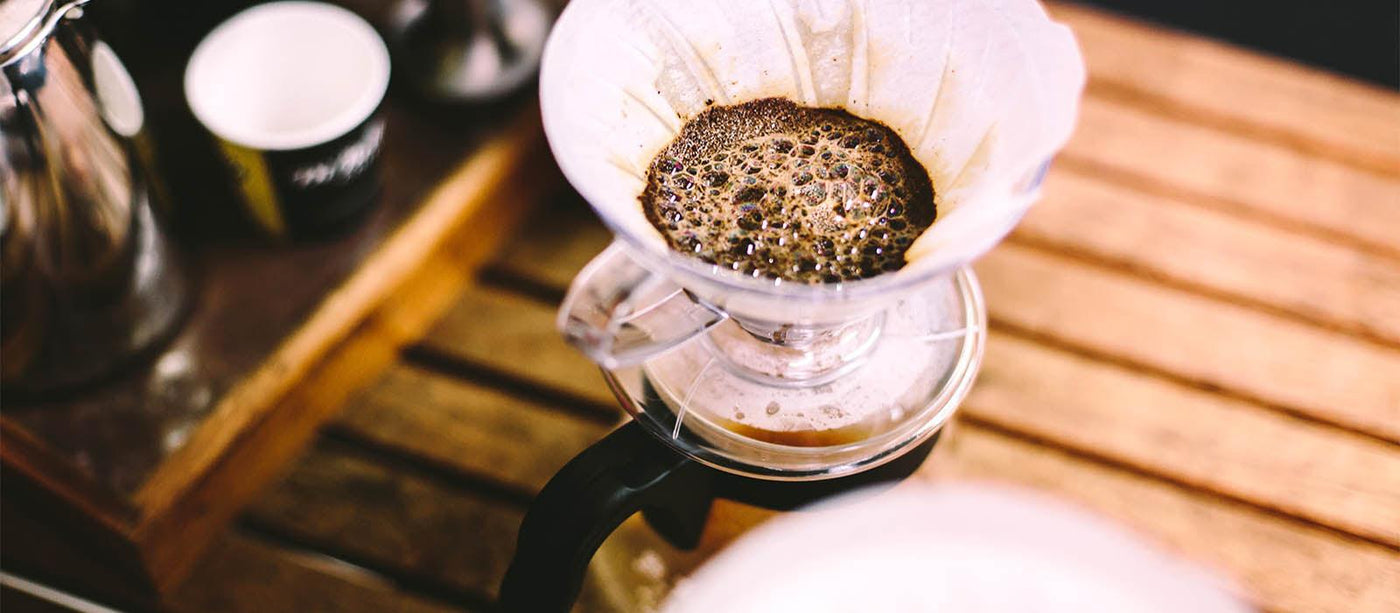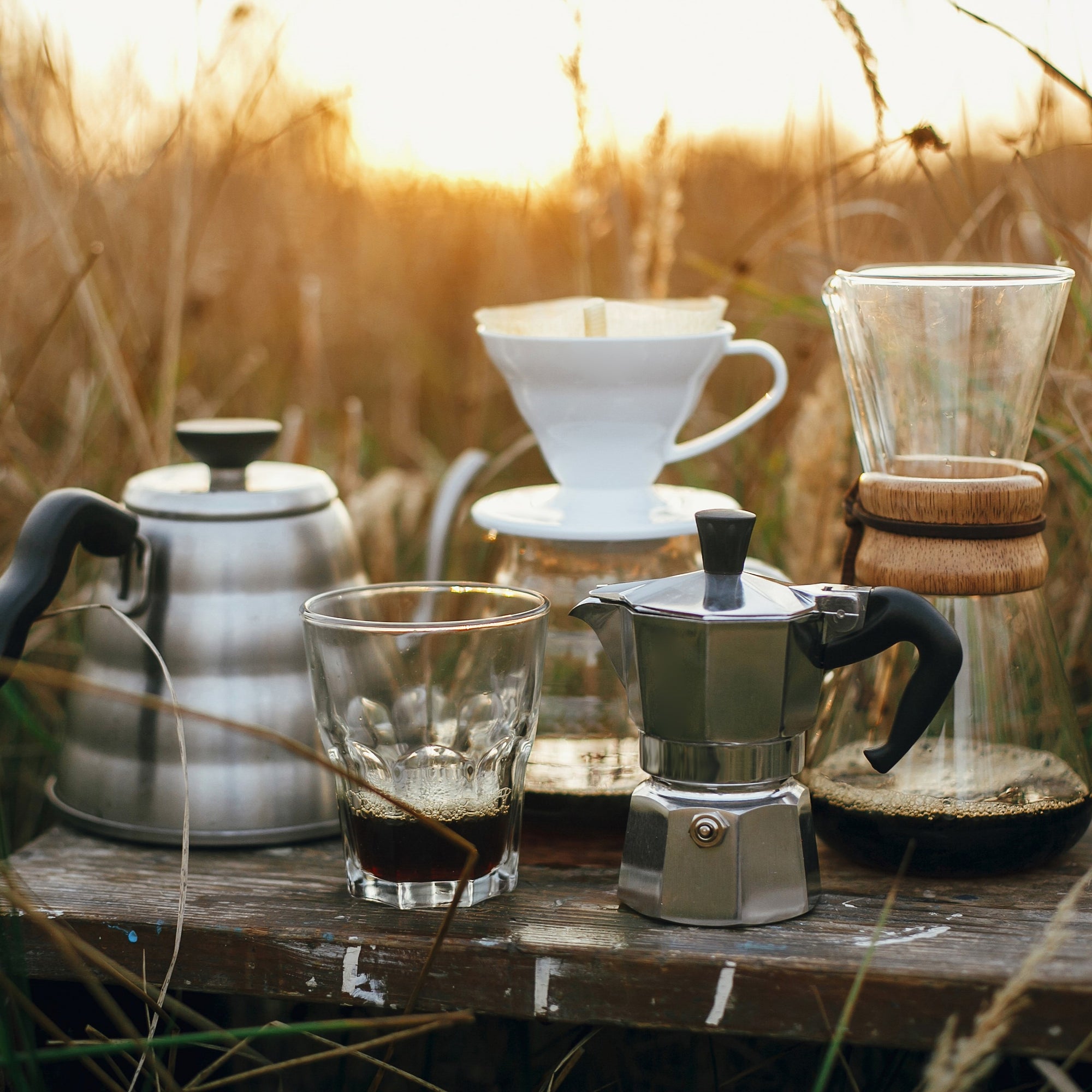Discovering the Art of Coffee Brewing: A Comprehensive Overview to Developing Your Cup
The art of coffee brewing is a diverse self-control that merges science with individual expression, where the selection of beans, water quality, and developing techniques converge to produce a polished sensory experience. Understanding the subtleties of various coffee beans, especially the differences between Arabica and Robusta, is essential for any kind of aficionado.
Understanding Coffee Beans
To absolutely value the art of coffee developing, one should first understand the foundational aspect: coffee beans. These small seeds, normally stemmed from the Coffea plant, are essential in establishing the flavor profile, fragrance, and overall high quality of the brewed drink. Coffee beans mostly drop into two classifications: Arabica and Robusta. Arabica beans, recognized for their fragile flavors and higher level of acidity, are usually preferred by aficionados. On the other hand, Robusta beans have a stronger, more bitter taste and greater caffeine content, making them appropriate for coffee blends.

In addition, the handling method-- whether cleaned, all-natural, or honey-- influences the beans' last taste. Understanding these aspects permits brewers to pick the best beans that align with their preferred flavor profile, inevitably boosting the coffee brewing experience. coffee brewing methods. This comprehension is important for anybody desiring grasp the craft of brewing the perfect mug of coffee
Brewing Methods Described
Several lovers find that the selection of developing approach significantly impacts the final flavor and aroma of their coffee. Each method harnesses different removal strategies, influencing the coffee's personality and richness.
Drip developing, one of the most preferred methods, utilizes a device to leak warm water with ground coffee, producing a tidy and constant mug. French press, on the other hand, submerses coffee grounds in hot water, enabling for a fuller body and even more durable taste, as oils and fine fragments continue to be in the mixture.
Pour-over developing provides a precise approach, where water is manually poured over coffee premises, permitting exact control over removal time and temperature level, leading to a nuanced and bright cup.
Coffee, a focused coffee made under pressure, is recognized for its solid flavor and luscious structure, working as the base for different coffee beverages, consisting of lattes and cappuccinos.
Essential Equipment Required
What equipment is important for brewing an excellent cup of coffee? The structure of any type of effective coffee brewing procedure depends on quality tools tailored to your favored approach. A reputable coffee grinder is essential; freshly ground beans considerably boost taste and fragrance. Select a burr mill, which guarantees uniform fragment dimension, crucial for optimal removal.
Following, consider your developing gadget. Choices vary from drip coffee machine and pour-over arrangements to French presses and coffee makers. Each method supplies distinctive flavor profiles and developing techniques, so select one that straightens with your preference choices.
An exact scale is also very useful, allowing you to measure coffee and water accurately, which is essential for consistency. Additionally, a thermometer can help monitor water temperature level, as it directly affects extraction quality.
Learning Water Quality
The quality of water made use of in developing coffee Get the facts plays a significant role in determining the last flavor account of the cup. Numerous elements add to water top quality, including mineral content, pH level, and overall pureness. Ideally, water must be without pollutants and pollutants, as these can negatively affect the taste of coffee.
Minerals, such as calcium and magnesium, improve the removal of tastes from the coffee grounds, while maintaining a balanced pH level-- around 6.5 to 7.5-- is important for ideal extraction. Water that is as well soft may result in under-extraction, leading to weak or sour tastes, while excessively difficult water can generate a bitter or extreme cup.
For the very best outcomes, filtered water is suggested, as it minimizes the existence of chlorine and other unwanted materials usually located in faucet water. In addition, think about making use of water with a Total Dissolved Solids (TDS) level between 150-200 ppm, which is normally suitable for coffee brewing. By understanding water high quality, you can lay a strong foundation for accomplishing a continually superb mug of coffee, enabling the special characteristics of your selected beans to beam through.

Tips for Taste Improvement
Enhancing the taste of your coffee can substantially boost your brewing experience and highlight the unique subtleties of your picked beans. To attain this, think about several crucial factors that influence preference.
Firstly, the work size plays a critical duty. A finer work enhances removal, resulting in bolder flavors, while a coarser work yields a milder mug. coffee brewing methods. Change your work according to your brewing technique to attain optimum outcomes
Second of all, trying out brew time. Over-extraction can result in bitterness, while under-extraction lead content to a sour taste. Objective for a mixture time that balances these extremes, usually in between 2 to four minutes, depending on your technique.
In addition, temperature level is a critical component. Brewing with water that is as well warm can burn the coffee, while water that is too trendy may fail to remove sufficient taste. The ideal temperature level array is 195 ° F to 205 ° F(90 ° C to 96 ° C)
Verdict) )))) In conclusion, the art of coffee brewing is a diverse practice that requires a deep understanding of numerous components, consisting of bean choice, developing techniques, and water top quality. Mastery of vital tools and focus to information in grind size, brew time, and temperature are important for achieving ideal extraction. By incorporating these parts, coffee enthusiasts can raise their brewing strategies, causing a cup that not just pleases personal preferences but likewise showcases the rich intricacy of coffee tastes.
The art of coffee brewing is a complex discipline that combines science with personal expression, where the choice of beans, water quality, and brewing approaches assemble to develop a refined sensory experience.To really appreciate the More Bonuses art of coffee developing, one have to first recognize the foundational aspect: coffee beans. Brewing with water that is also hot can blister the coffee, while water that is also trendy might fall short to draw out appropriate taste. In conclusion, the art of coffee brewing is a multifaceted technique that calls for a deep understanding of different aspects, consisting of bean selection, brewing methods, and water top quality. By integrating these parts, coffee fanatics can raise their brewing strategies, resulting in a mug that not just satisfies individual preferences yet likewise showcases the abundant intricacy of coffee tastes.